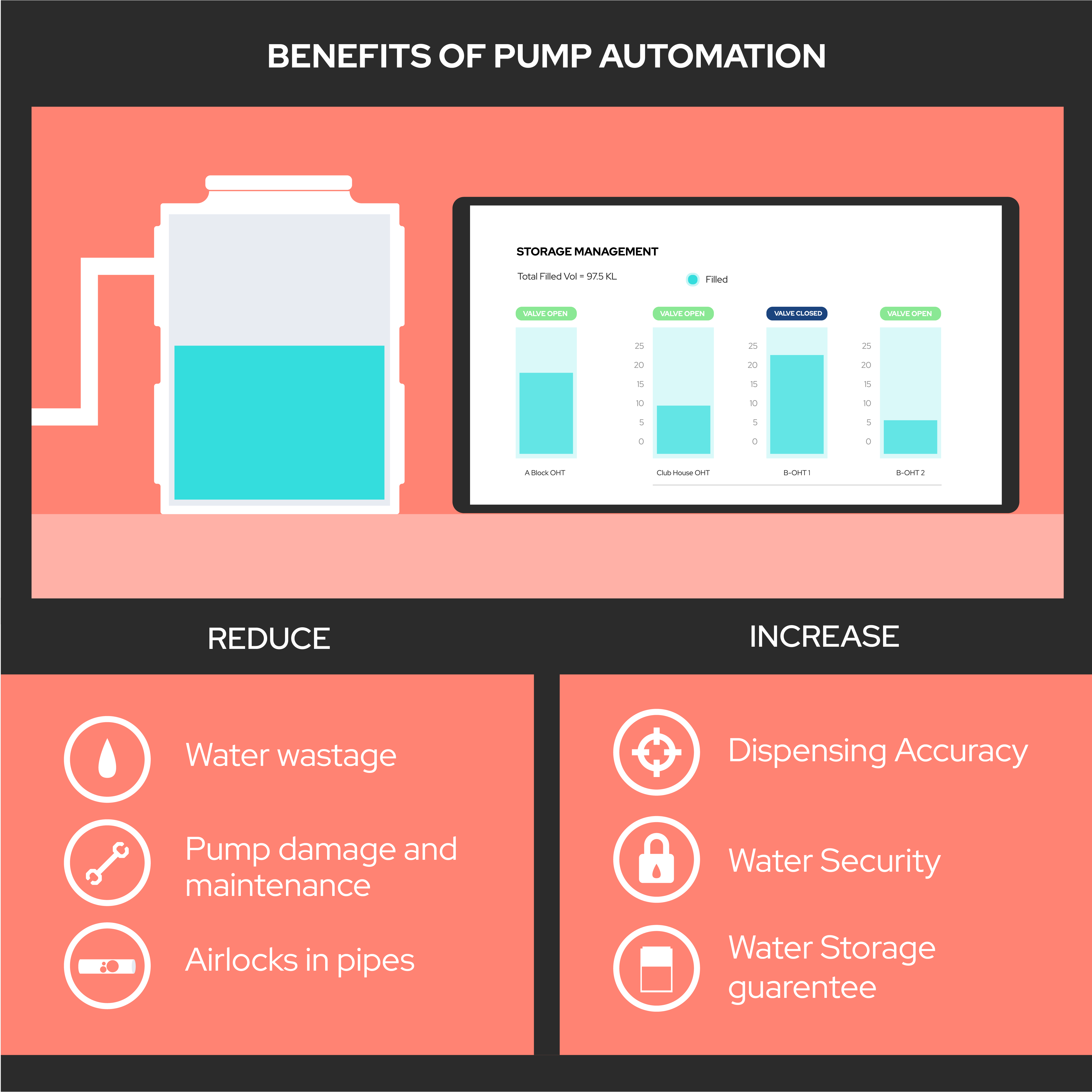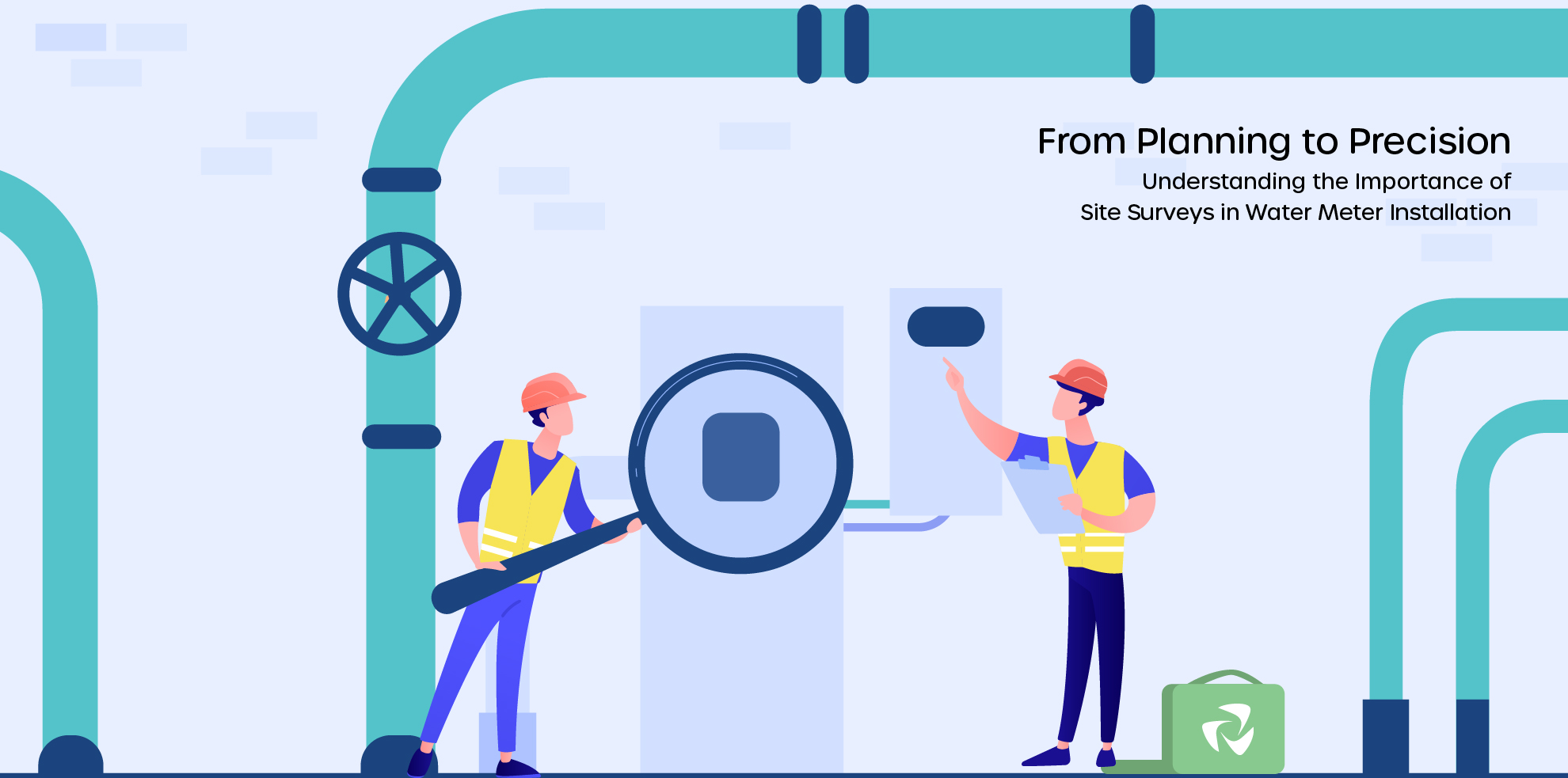Taps turning dry? Running out of water can be a difficult and miserable experience for residents or workers in a commercial building. It also turns into a big and expensive nightmare for the users and brings down the collective morale of the community.
Did you know?
In India, the municipal corporation supplies the bulk of the water but it is impossible to have a 24X7 steady supply of water. Why do taps run dry? One common reason is that there is insufficient water in the storage tanks.
Consider the problem. The water that the municipal corporation provides is stored in overhead tanks and underground sumps. Water is pumped up by electric water pumps, which then is then supplied to our taps.
It is important to make sure that there is sufficient water in the building’s storage devices and this means that the facilities management team has to check tanks every single day and constantly check on motor run time.
This means that the facilities manager of the property has to oversee this problem personally and deploy workers to check the tank every day. If tanks are not properly checked or monitored, they can either run dry or overflow, leading to either agitated users or wastage of water. It becomes a tedious, labour-intensive and time-consuming job to monitor water levels in the tank.

What if you can automate your water distribution and scheduling? Instead of climbing your water tank and manually checking the water level, you can make sure that there is always enough water by checking your mobile phone or tablet.
Gautam Lulla, Senior General Manager and the Head of Facilities and Administration at the Murugappa Group, faced this problem every day. He wanted to automate water distribution and streamline the process of pumping water to storage tanks. He did not want his employees to check tanks every single day and update motor run time. He wanted his workers to carry out higher-value tasks instead of the manual, repetitive task of checking the water tank level every day.
After trying different vendors, Gautam Lulla chose WEGoT for better service. The solution to the problem is simple. This job can be automated.
How does pump level automation work? With pump automation, you use a sensor, solenoid valves and panels. Whenever water levels go below a certain level, the sensor sends a signal to the panel. This automatically turns the motor on and opens the solenoid valves in the tank. The motor ensures that water is pumped into the overhead tank. As soon as the tank is full, it can be made to turn itself off.

Simple and elegant, isn’t it? Convenience is top of the list but it has so many other benefits too.
Why your water distribution problems need a different set of solutions
Automation is the new frontier in the area of water conservation and efficiency. Remote pump control automation is just a small part of a technology that will help us build a strong and connected water future. By using digital capabilities and platforms like the one custom-built by WEGoT for the Murugappa Group, you can simplify tasks and reduce human interaction, leaving workers with time to prioritize higher order work and tasks. Apart from simplifying a task, this technology also saves water and reduces costs.
A fundamental problem in every building property in India is manning the water pump and ensuring that the water tank is filled. In every property, there is a facility management team that works hard to carry out multiple tasks so that residents and users have a comfortable and seamless day-to-day living or work experience.
If you consider the work of a facility management team, they do a lot more than just supervise water – they take care of cleaning, maintenance, repair, parking and security teams. In the middle of these crucial tasks, they are burdened with the task of monitoring tankers and checking the amount of water supplied by them. This is a simple task but implementing it takes time, effort and resources. When the facilities management team does not find the time to oversee the tanks, water can either run dry or overflow. This can cause immense problems to users, who are looking for a sufficient and uninterrupted water supply every day.
When water overflows, you waste money, electricity and labour. When water runs out, it leads to immense frustration among residents, who will continuously call the facilities management team to ask about the water stoppage, adding to the team’s existing workload.
Many apartment residents try to launch awareness campaigns among facility management teams to educate them about water conservation and management by suggesting simple yet significant changes to work structures and routine. With the right technology and strategy, water conservation is an easy process. There are, however, problems with this approach.
Facility managers do not have as much incentive as residents to meticulously track water levels. Water levels do not affect them. They are not the ones paying for water, power, or maintenance. The residents and the management team pay for all the building’s resources. Launching awareness programs to sensitize facility management teams is a good idea but it does not always work, leading to hours and resources spent in something that may not always bear results.
Pump automation can single handedly solve all these problems. It is simple but someone had to think of it! You get the most out of your water. The cost and convenience benefits of automated water management are truly incredible.
Here are some of the benefits of pump water management:
- Dispensing accuracy is improved
- Water storage is guaranteed
- Reduced water wastage
- With adequate water backup, greater water security
- Monitor and control pump run times and yield – all from a dashboard
- Reduced occurrence of airlocks in pipes
- Pump damaged is reduced
- Less time spent on maintenance for fixing airlocks in pipes
- Less money spent on water wastage

This way, the facilities management teams can truly implement water-efficient practices because the pump automation makes their lives easy.
What does WEGoT’s pump automation do for you
With WEGoT’s pump automation system, you will notice immediate results.
– You will not have to manually check water levels in your storage tanks, a task that is quite cumbersome
– You do not have to manually turn on the motor. With manual operation, if you forget to turn the motor on and the tank runs dry, it causes a lot of inconvenience to residents.
– There is a much lowered risk of the tank overflowing or running dry.
– If pump control has been set in automatic mode, the motor turns on and off automatically. It also allows you to configure the tank level for turning on the motor.
What other features does the pump automation system have?
The beauty of WEGoT’s pump automation system is that it does more than just undertake basic pump water management tasks. It also gives you notifications in your dashboards. When water levels are low in your tank or go below a certain limit, the sensor sends a signal to the panel, and this automatically opens the valves and pumps the water up to the tank. When your tank is almost full and you specify a limit, the sensor signals the panel to shut the valve and turn the motor off. You can also set the mode on manual.
The best part is that all the controls and information on pump yield and runtime are available on your dashboard, which means that you do not need to intervene manually.
Murugappa Group’s Experience
The Murugappa Group is an Indian conglomerate with over 28 businesses across the country. They have an annual turnover of over Rs 50,000 crores.
The facilities management team at the Murugappa Group was looking to automate water distribution and streamline the process of pumping water to overhead tanks at some of their commercial buildings.
They didn’t want to check their tanks daily or constantly update motor run time.
After trying out a different vendor, Gautam Lulla, the Head of Facilities and Administration, chose WEGoT for better service.
We deployed a customised WEGoT aqua solution with tank management as well as metering at consumption points.
Features of the system deployed at Murugappa:
– Comprehensive water data on a single platform
– Automated overhead tank management
“Earlier, our team used to spend upwards of an hour each day managing water distribution. Now they only need to check WEGoT sensors once a week or once in 10 days. Just to be sure that the numbers are correct,” says Mr Lulla.
– Focus on preventive maintenance: Now the team spends time checking joints and bends for corrosion and identifies weak spots in the plumbing infrastructure. Problems aren’t solved. They are prevented.
– Consolidated view of water distribution and consumption: WEGoT aqua’s dashboard helps the team identify points with high consumption and initiate water-saving strategies.
– Leakage alerts – The Murugappa Group saved over 11.7 lakh litres of water through leakage alerts in the last year
“Water is a lifeline to the building. I have got used to the luxury of having all this information at my fingertips,” says Mr Lulla towards the end of our conversation.
And that’s the best part of our work! Hearing from our clients about how we have changed the way they work with water.
Running out of water is the sad reality in most of our buildings today. It is also avoidable. All you have to do is to automate your pump, sit back, and have your entire water distribution system in the palm of your hand. Schedule a demo today so that you can stop wasting time manually checking your storage tanks.














